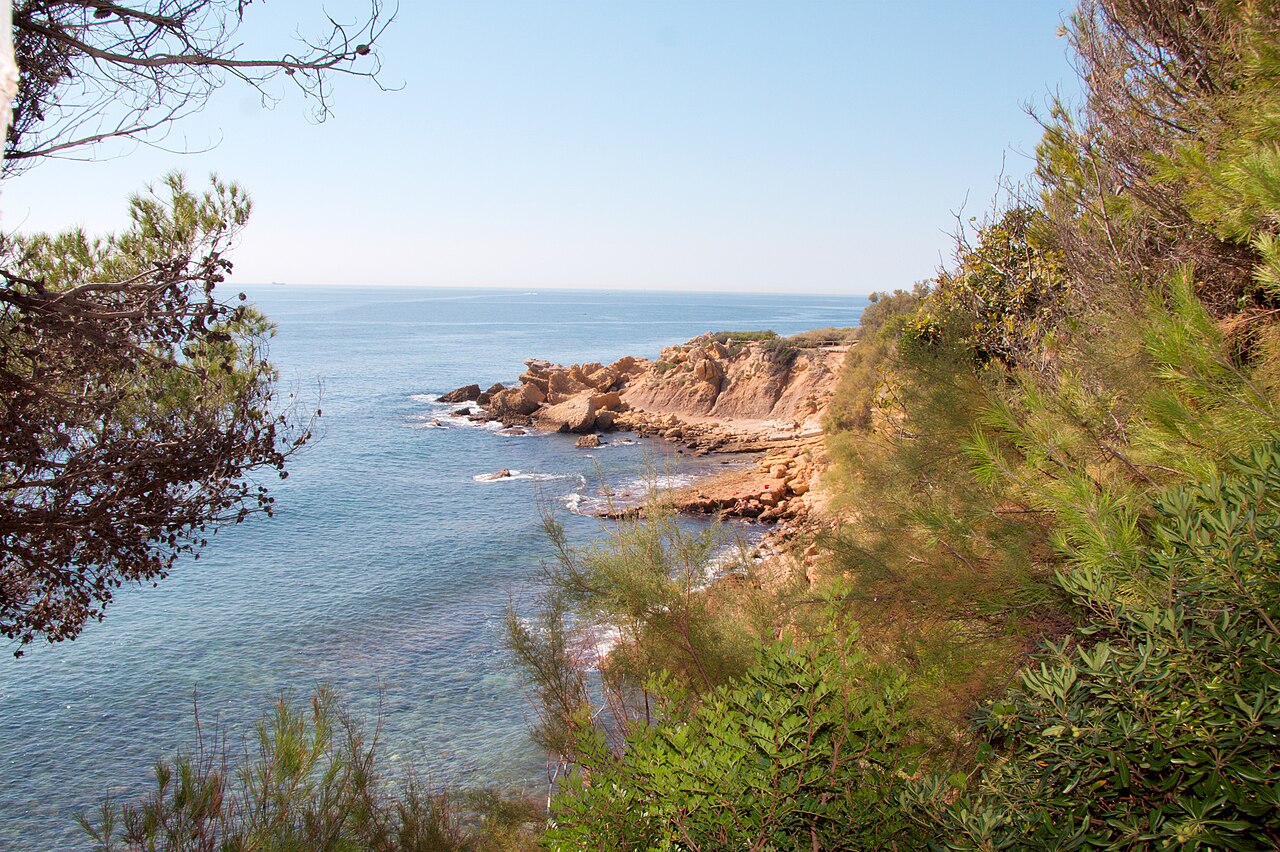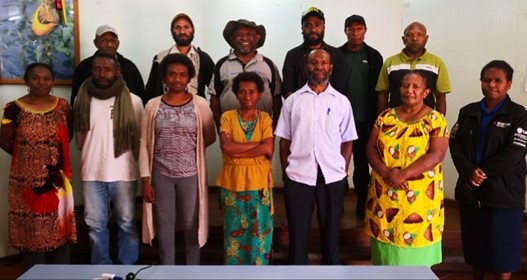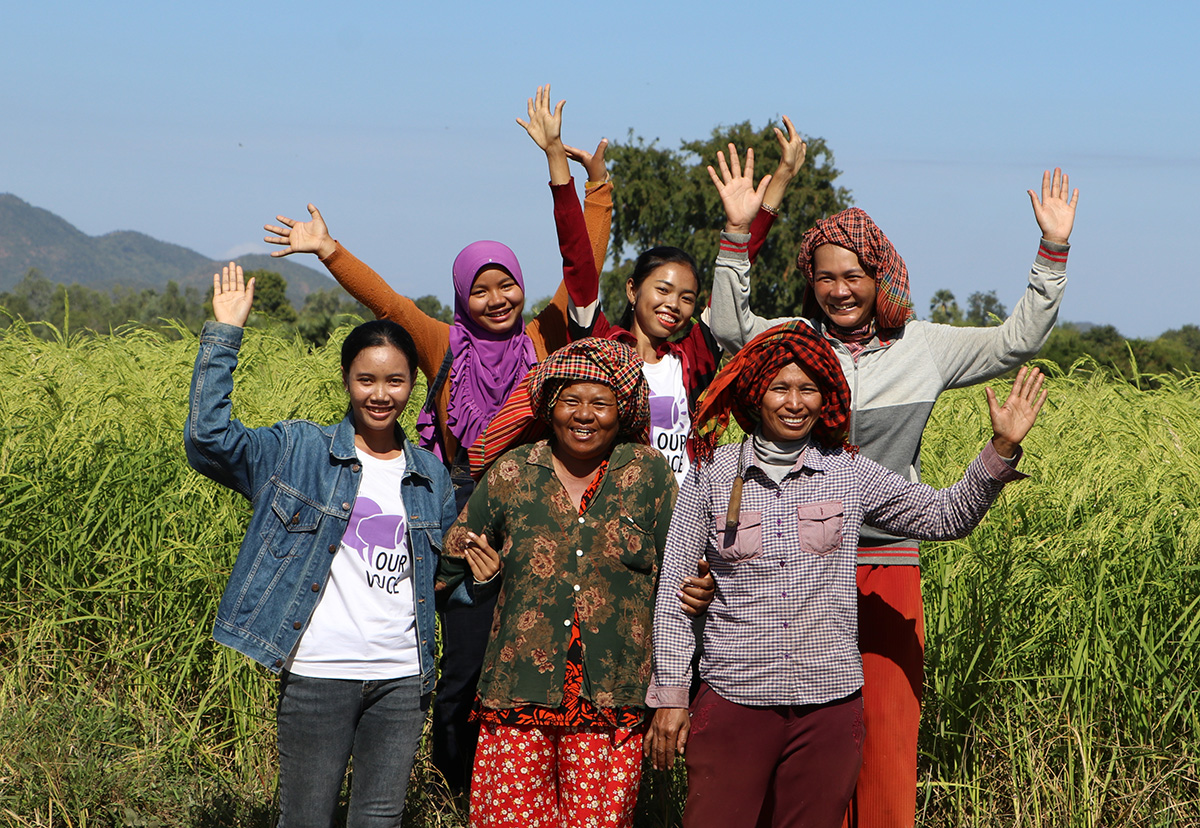Wildlife conservation in Uganda: a matter for government and private landowners
CEESP News: Antonia Nyamukuru, researcher based in Kampala, Uganda and Cory Whitney, member of IUCN’s CEESP SULi group, based in Bonn, Germany.
“Conservation will ultimately boil down to rewarding the private landowner who conserves the public interest.” - Aldo Leopold
Wildlife conservation and related management matters are primarily considered a government level responsibility in Uganda. Species management happens through public agencies, which often ignore the role of private landowners for conserving species on their land. Not involving private landowners of private ranches, communal grazing lands and farms in the conservation of wildlife can partly be a driver of human-wildlife conflict and the ultimate decline of wildlife on unprotected lands. By involving private landowners in wildlife conservation matters, wildlife can be better protected when they are on private lands.
Studies in Uganda’s southwest for example show diverse wildlife on private lands as compared to protected lands (Guard, 1991; Averbeck, 2002; Rannestad et al., 2006). A study of dung counts in the tropical savanna ecosystems of Lake Mburo National Park (LMNP) and the adjacent ranchlands in Kiruhura District, Uganda revealed a greater diversity of wild mammals on ranchlands than in protected areas (Nyamukuru, 2019). The grasslands and woodlands inside and outside of the park contained a diversity of mammalian wildlife. The ranchlands had greater diversity and abundance of zebra Equus quagga, eland Taurotragus oryx, impala Aepyceros melampus, waterbuck Kobus ellipsiprymnus, African hare Lepus victoriae, Bush duiker Sylvicapra grimmia, Monkey Cercopithecus aethiops and Hyaena Crocuta crocuta.
In Uganda, wildlife is protected by the Government on behalf of, and for the benefit of, the people of Uganda (The Uganda Wildlife Act, 2019). The Government of Uganda established Uganda Wildlife Authority (UWA) under the Uganda Wildlife Act, Cap 200 to manage wildlife in protected areas including National Parks, Wildlife Reserves, Community Wildlife Management Areas, Wildlife Sanctuaries among other areas following strict conservation procedures that limit or entirely exclude human activities. Wildlife is officially managed in gazetted protected areas such as Queen Elizabeth, Semuliki, Lake Mburo, Murchison Falls, Kibale, Mount Elgon, Mgahinga Gorilla, Rwenzori Mountains, Bwindi Impenetrable and Kidepo Valley. Wildlife that strays onto private land can be the impetus for conflicts between the government and private landowners when wildlife compete for resources with livestock or destroy crops on agricultural lands.
Although the Uganda Wildlife Authority has the mandate to manage wildlife outside the protected areas. it does not because it has no control over private lands. Private land and landowners have a right to use their land the way they wish (Ugandan Constitution, 1995). The National Land Use Policy, 2006 cites weakness of policy and legal mechanisms for wildlife conservation outside protected areas. Wildlife on private land is largely unprotected.
Conservation of wildlife in Uganda should include management on private lands and seek to reduce human-wildlife conflict on private lands. Wildlife know no boundaries and routinely graze in private lands and farms. Many private landowners are tolerant of wildlife on their land but others are less so. Addressing conflict will require a thoughtful and participatory process of rethinking the way that the current policy works and how land owners can benefit from harboring and supporting wildlife. Both people and wildlife stand to benefit from addressing conflicts and making use of private land for conservation. For example, private land can contribute to the economic benefits of tourism. Tourists and travelers along the Masaka-Mbarara Road and within access roads to LMNP, for example, can easily observe the wildlife on private lands. Working with private land owners to acknowledge and support their contributions to wildlife conservation could help to reduce conflict and improve conservation in the region.



